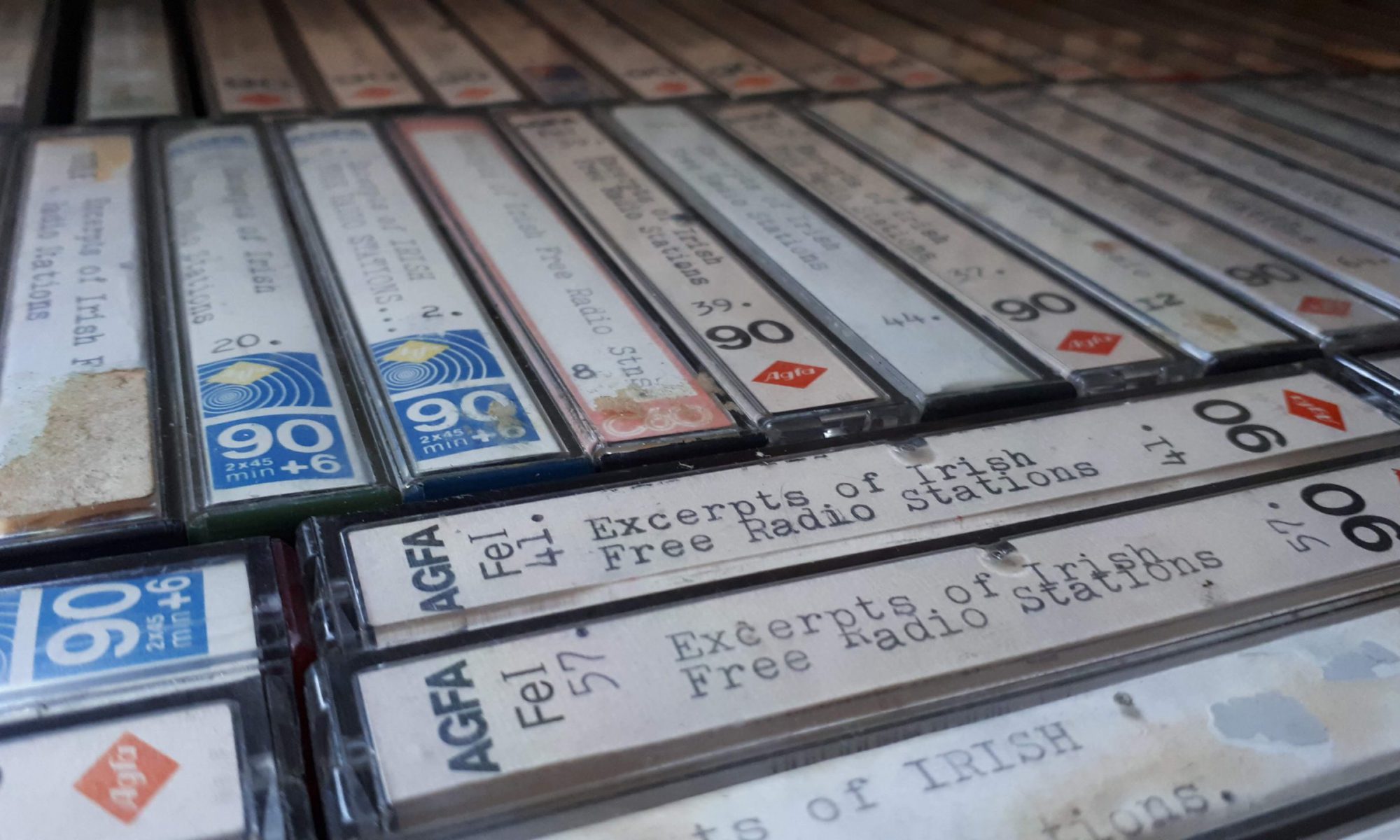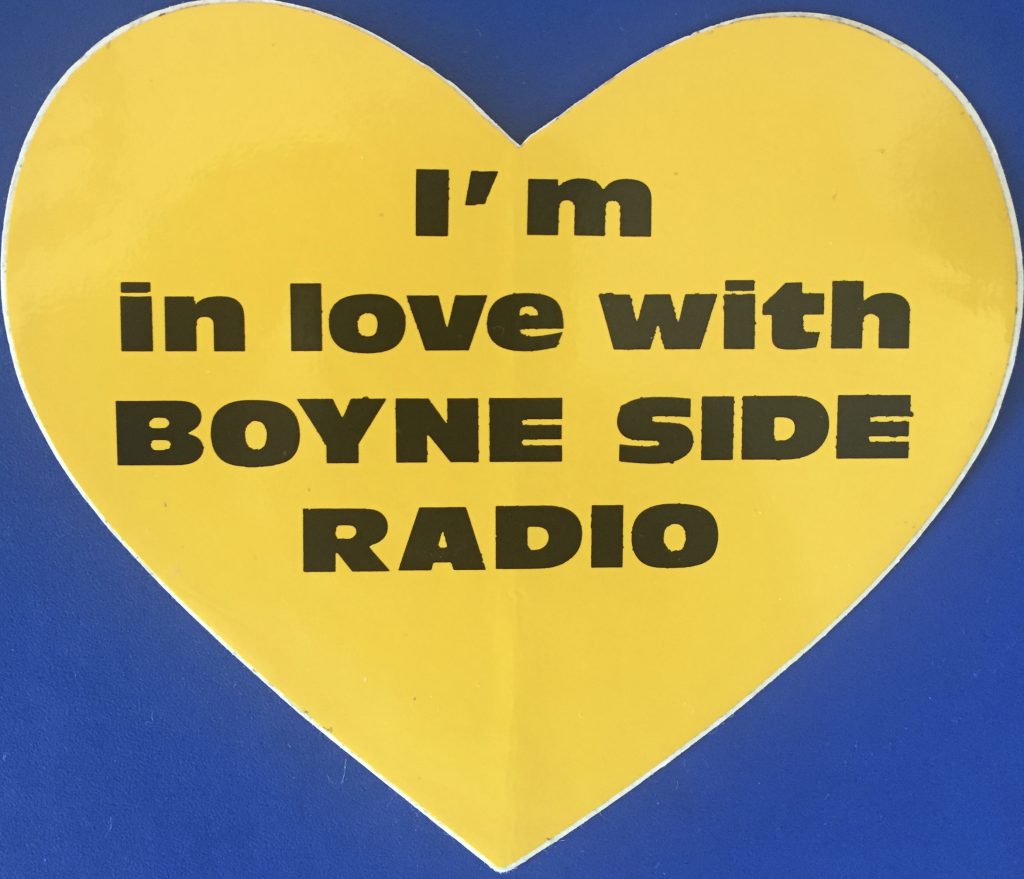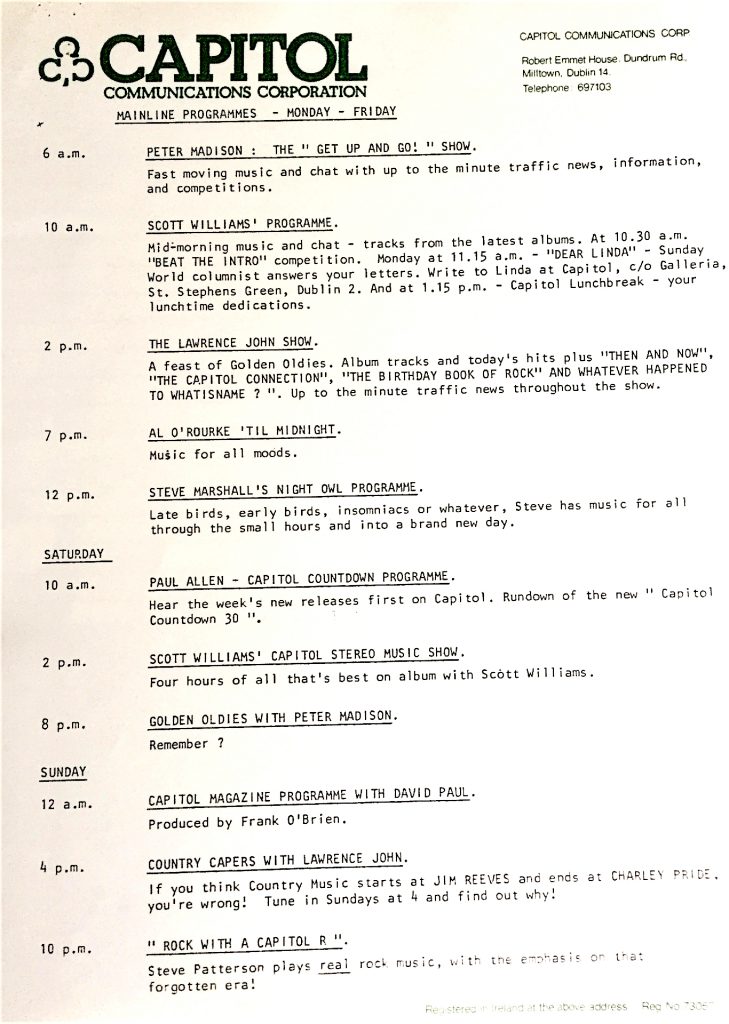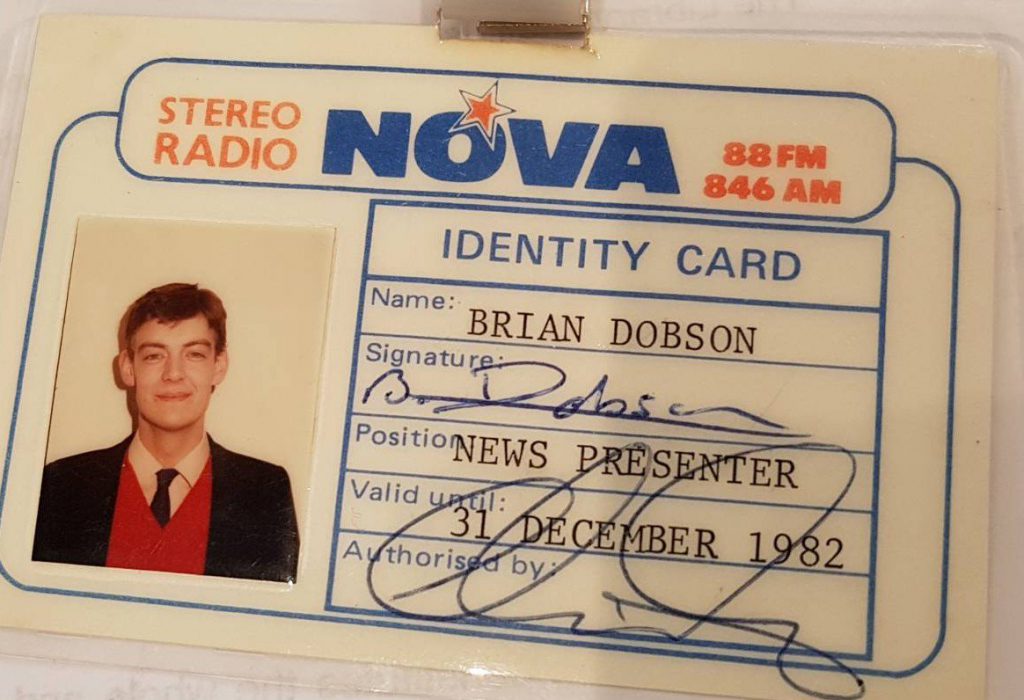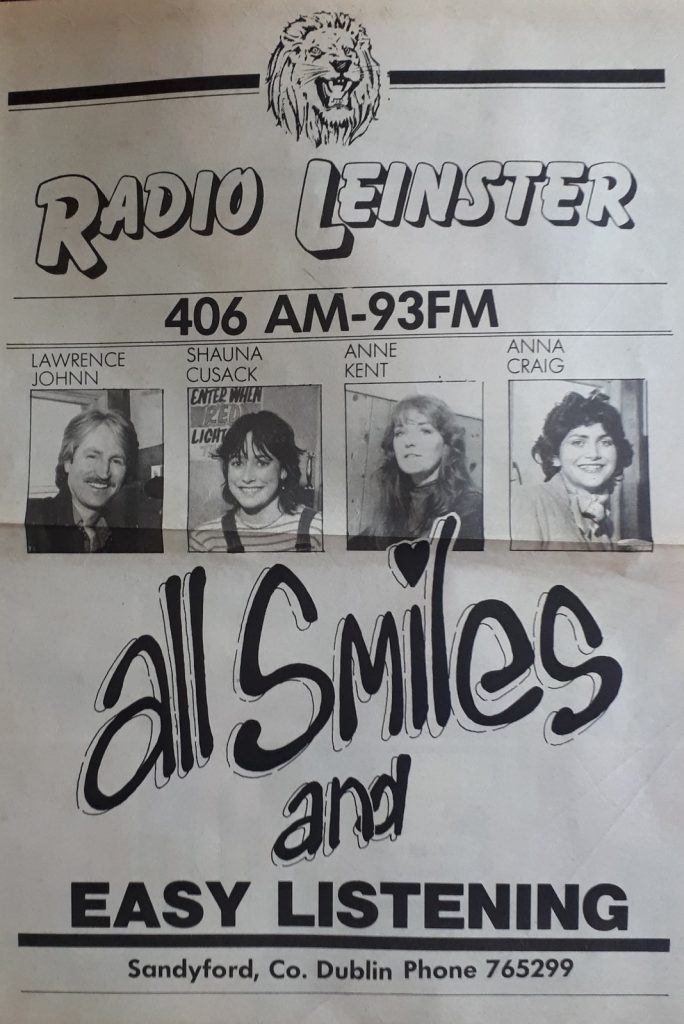Podcast: Play in new window | Download

This is a bandscan of Dublin radio by British radio enthusiast Leon Tipler during a visit to Dublin in 1982. It was made from about 0800-0930 on the morning of Sunday 12th September 1982 and features both AM and FM stations. The bandscan begins with Bryan Dobson reading the news on Radio Nova and is followed by the start of that day’s broadcasting on the brand new Nova offshoot KISS FM. Some of Nova’s main service on 88 FM is also heard. There are snippets of Boyneside Radio, Radio City and Radio Dublin, including a promo for the Lebanon Requests Show presented by DJ Angie. There’s also a short extract of ‘RTÉ Radio 1 on VHF’ and BBC Radio Scotland on FM as well as an unidentified English station on AM.
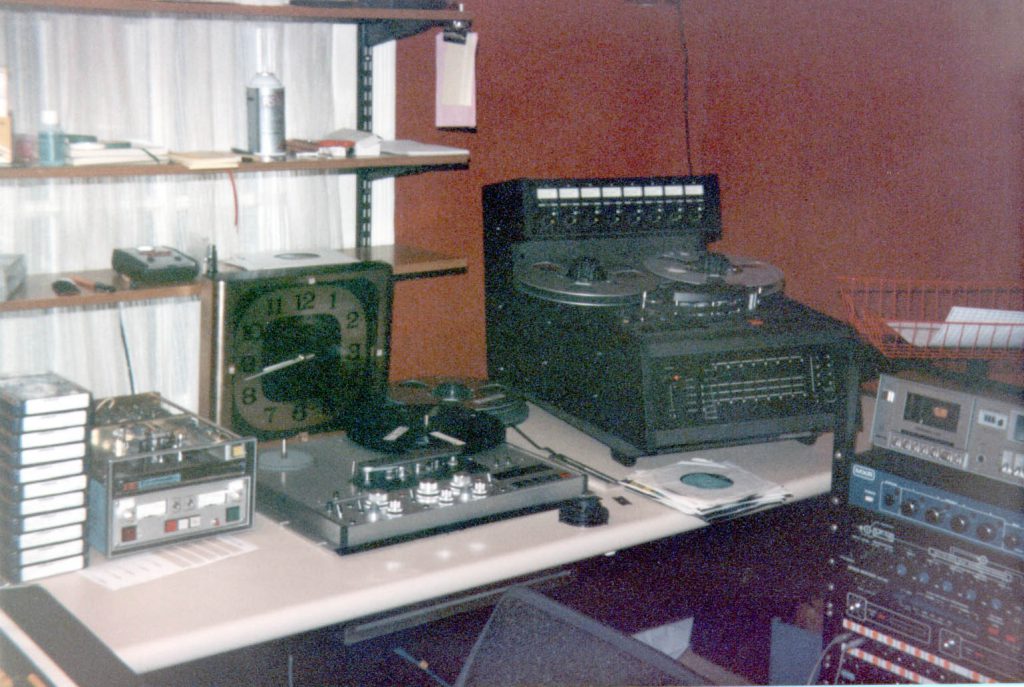
The recording concludes with part of a Christian programme on Radio Nova called ‘Good News Tracks’, featuring religious music and reflections. Nova experimented with such specialist programmes in the early days, and Tipler’s documentary refers to another religious show on the station.
This recording is from the Leon Tipler Tapes Collection, donated to us by Steve England.
